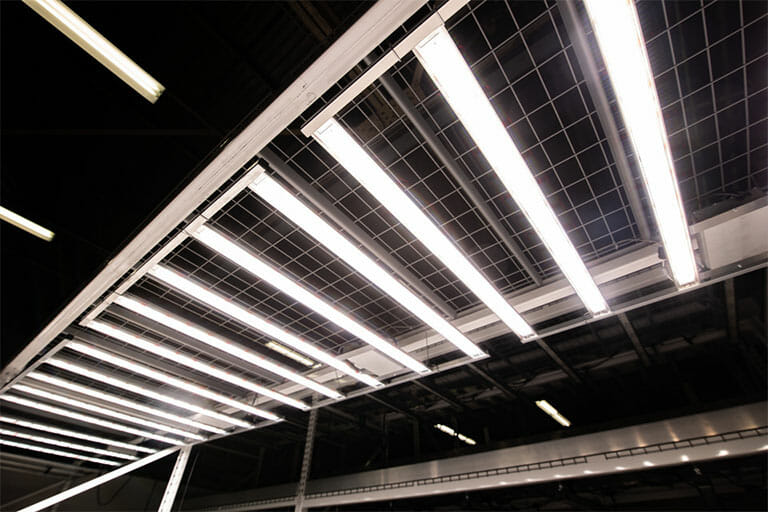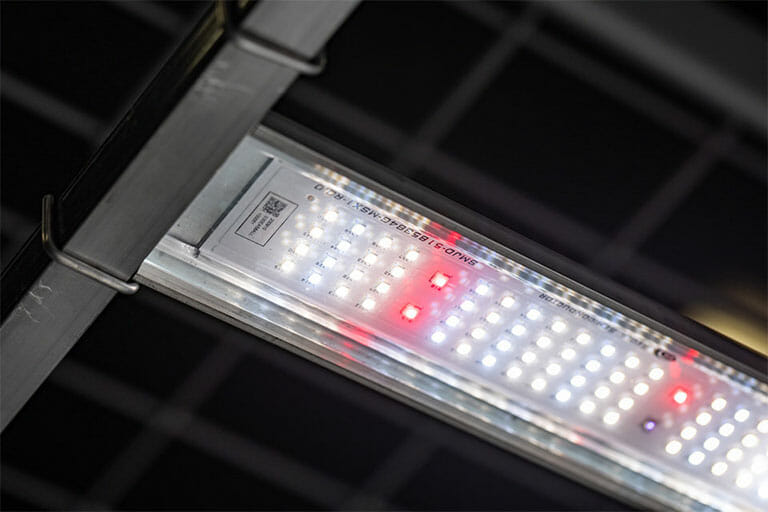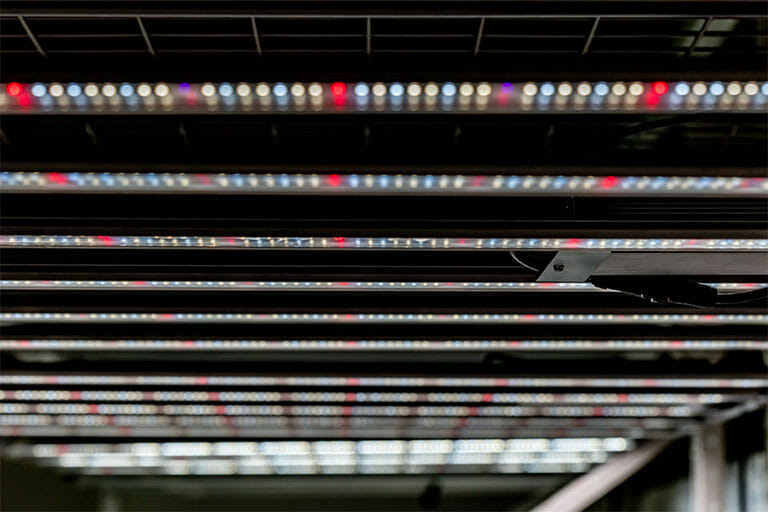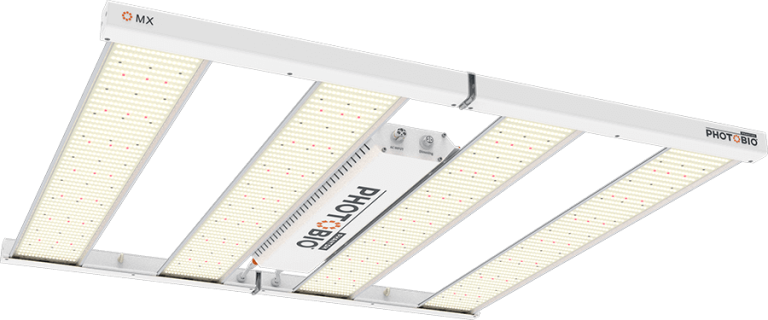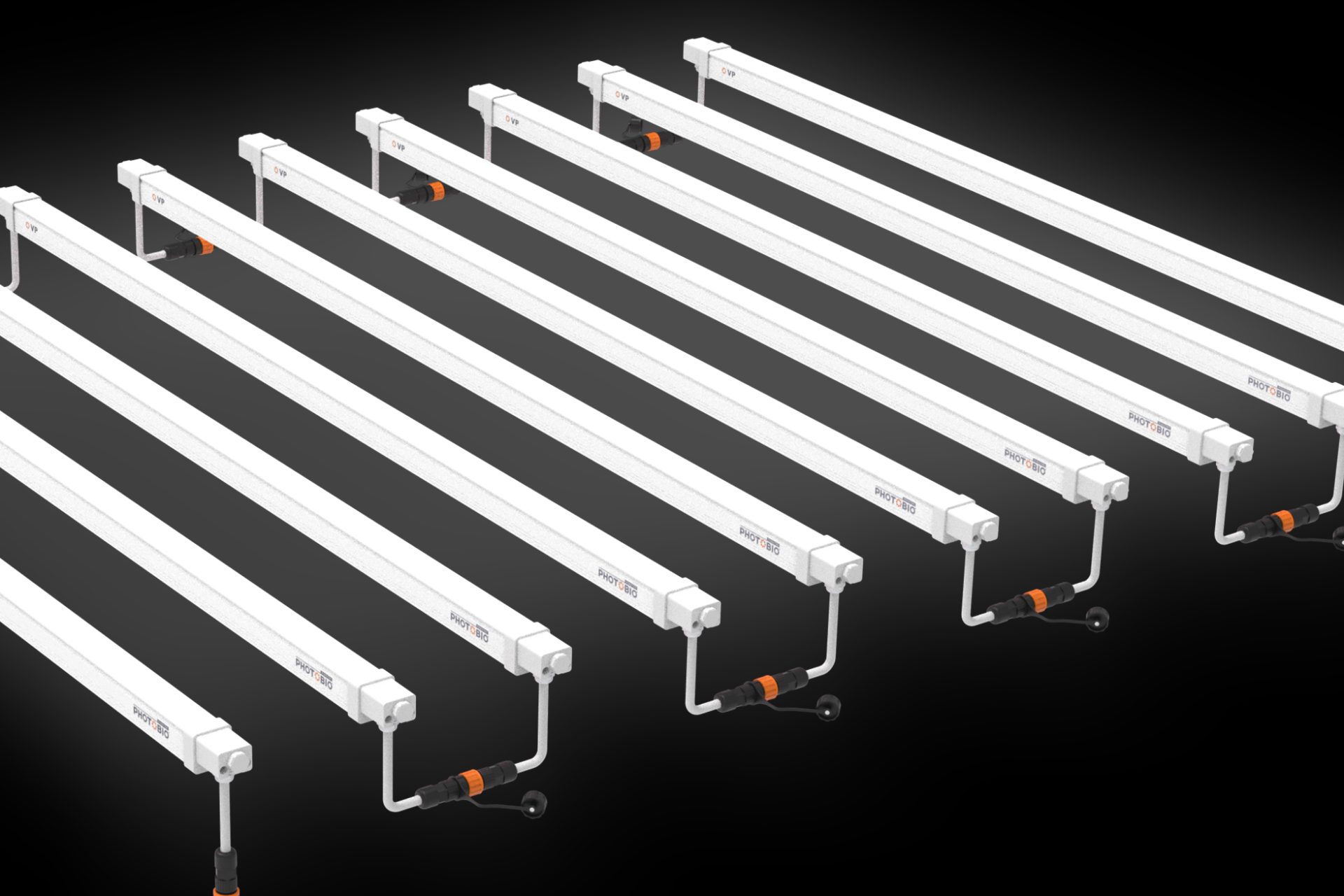
LED Grow Lights
Welcome to PHOTOBIO
Why PHOTOBIO?
- It’s simple, PHOTOBIO is one of the best horticultural lighting solutions out there. We know growers want high quality crops, cutting edge technology and affordable lighting solutions.
- PHOTOBIO delivers. And you don’t have to take our word for it – we are DLC certified, outperform our competition and growers rave about our performance. See how PHOTOBIO stacks up against the competition.
- PHOTOBIO provides a full range of application-specific lighting solutions from seed to harvest. Our fixtures offer a range of spectrums and wattages and include top bin diodes, proprietary Phantom drivers and robust thermal management.
- PHOTOBIO has a solution for everyone – we can help!
The Innovative Growers Equipment Inc. – Hydrofarm Commercial Division team specialize in LED grow lights for commercial Cannabis and CEA growers.
PHOTOBIO incorporates cutting edge photobiology science into high-performance fixture designs that uniformly distribute photons to your cannabis or plant canopy thanks to proprietary photon regulating optics. The various high-efficiency spectra employed in PHOTOBIO fixtures have been trialed extensively to elicit specific photomorphogenic responses in your crop.
Our mission is quite simple: Develop only the best commercial cannabis LED grow light solutions available allowing growers to maximize their cannabis crop’s potential for maximum yield and profitability.
Commercial LED Grow Lights
PHOTOBIO provides a wide range of application-specific lighting solutions for all stages in of cannabis life cycle. The various spectra and wattages ensure the success and sustainability of your controlled greenhouse environment operation.
PHOTOBIO has developed a comprehensive array of LED grow light solutions that can take you from seed to harvest so you can deliver the highest quality cannabis and CEA crops to the consumer.

